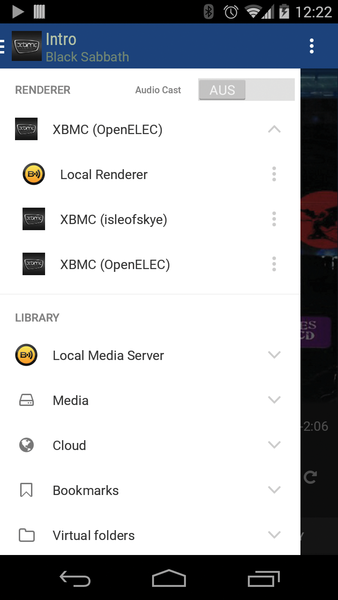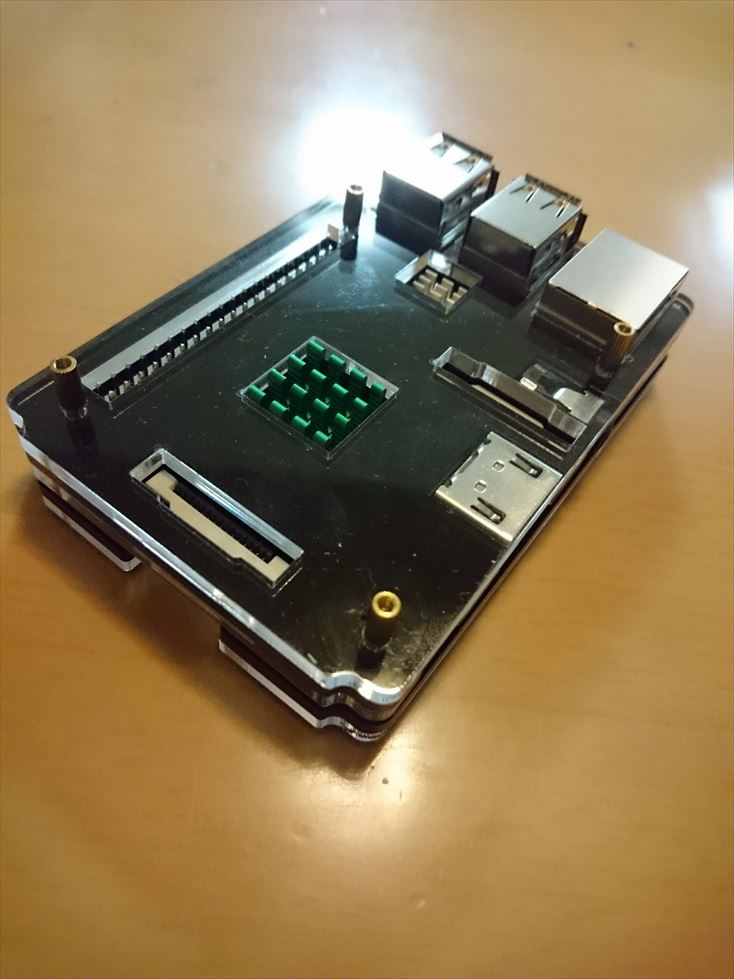

What this does is it shows use important information about the drives that are connected to our raspberry pi. Once you have done this we need to go back to putty or whatever SSH client you are using and type in: sudo fdisk -l Make sure you plug it into the powered USB hub and not directly into the raspberry pi because sometimes that can cause problems. To do this the first thing we need to do is plug in our media drive. So what we are going to do is make it so that our media hard drive is mounted on start-up. If this is the case, you will need to enable it by opening: Settings > Services > UPnP, then enable “ Share video and music libraries through UPnP”.Before we can start our media server we need some media of course.

You won’t need a media server if you are already using a Kodi-based distro, since you will already have one. This is all thanks to the inclusion of DLNA/UPnP. Now, you might be thinking ‘won’t you just get a media center by installing Kodi, not a media server?’ Well, by downloading Kodi, you actually get both functionalities! Kodi can also be manually installed onto a pre-existing Pi operating system by using ‘ sudo apt install kodi’.

There are a number of Kodi builds available for Raspberry Pi, including some distros like OSMC and LibreElec, which can both be installed on all models. While Kodi’s best days might be behind it, it can still serve as a decent media server. Use Your Raspberry Pi Media Center As A Kodi Media Center 6 Ways To Set Up A Raspberry Pi Media Server 1. We are going to cover what you need to know in the sections below. If you want to learn how to set up your Raspberry Pi to be a media server, just keep reading. However, it’s so secret that the process of setting up your Raspberry Pi can be a painful one. These pieces of tech offer a low-power, compact, and overall affordable option for those looking to use it as a media center. Some models will be able to offer superior performance compared to others, you can get great results with just about any available model.


 0 kommentar(er)
0 kommentar(er)
